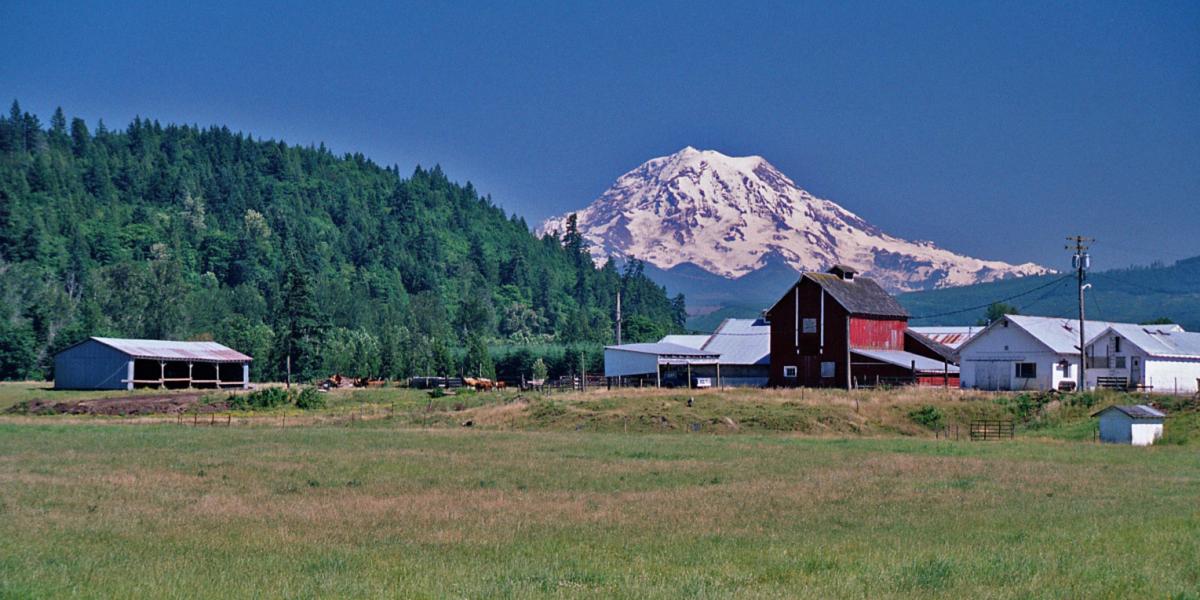One of the many useful products produced by the Regional Open Space Strategy for Puget Sound (ROSS) is the Open Space Assessment Tool (OSAT). This data portal, created by the Trust for Public Land, provides a baseline evaluation of the region’s vast array of critical open space services and benefits. By identifying these services and benefits at the parcel by parcel to regional basis, it informs open space conservation, enhancement and protection priorities in the region. Driven by a multi-benefit, ecosystem services approach and with a lens to account for the full spectrum of open space benefits, the tool provides a baseline for 16 key services that flow from open spaces such as farmland, forests, aquatic systems, urban parks and even regional trails.
Snohomish County’s Southwest Urban Growth Area Boundary Planning Study (SWUGA BPS), is an excellent application of the OSAT to help inform local land-use planning and decision making. The project entailed a review of existing conditions in a mainly rural area adjacent to a fast-growing urban area in Snohomish County, as well as an analysis of various hypothetical growth scenarios with urban land uses. This was to gather high-level information on physical, socio-economic and fiscal implications if urban growth area (UGA) boundary adjustments were to be considered in future planning initiatives. The County/Berk/MAKERS team developed, evaluated and illustrated a range of hypothetical development scenarios that maintain or adjust the growth area boundary. MAKERS used the OSAT to identify the ecosystem services, such as carbon sequestration, habitat, water and air quality, etc. for parcels in the hypothetical scenarios. This regional look at the SWUGA BPS indicated that even though it is largely occupied by low intensity residential development, the area provides substantial ecosystem benefits that could be affected by expanding the urban growth area boundary. Although it was clear from a local environmental analysis that the area contained critically important stream and wetland corridors, the OSAT’s assessment provided an enhanced view of the impact on ecological function under the scenario to expand the urban growth area. Such information can work to augment provisions in SEPA if/when UGA expansions are under review in the future.
The OSAT portal can be accessed through the Puget Sound Regional Council. Contact Erika Harris at EHarris@psrc.org for more information.

Recent Comments